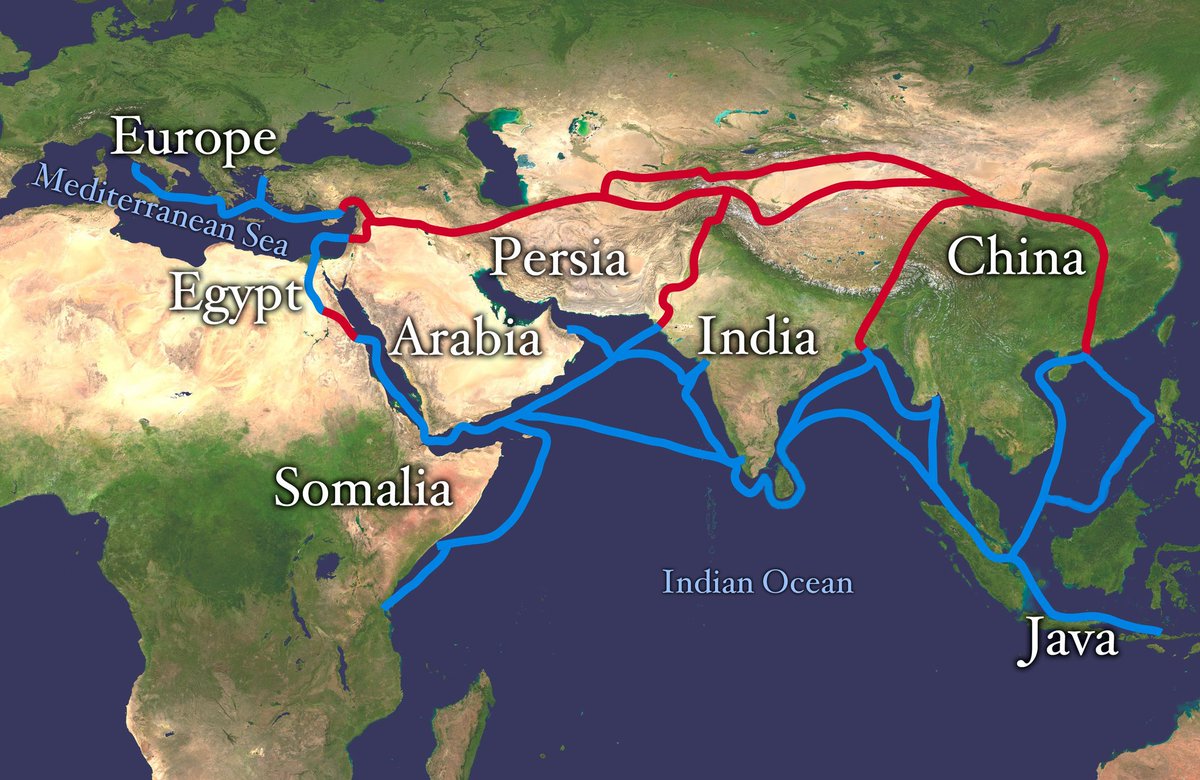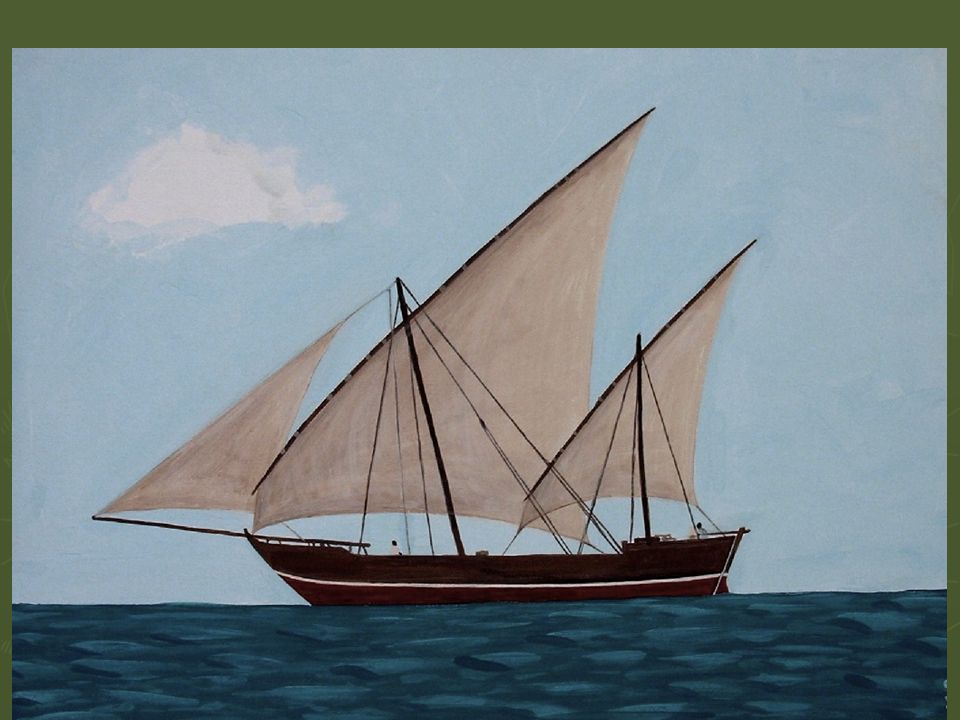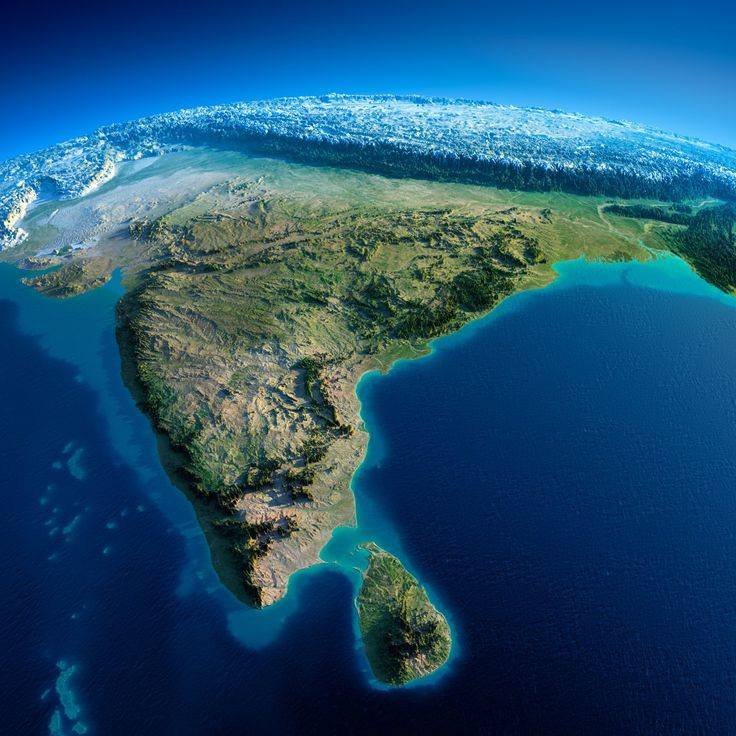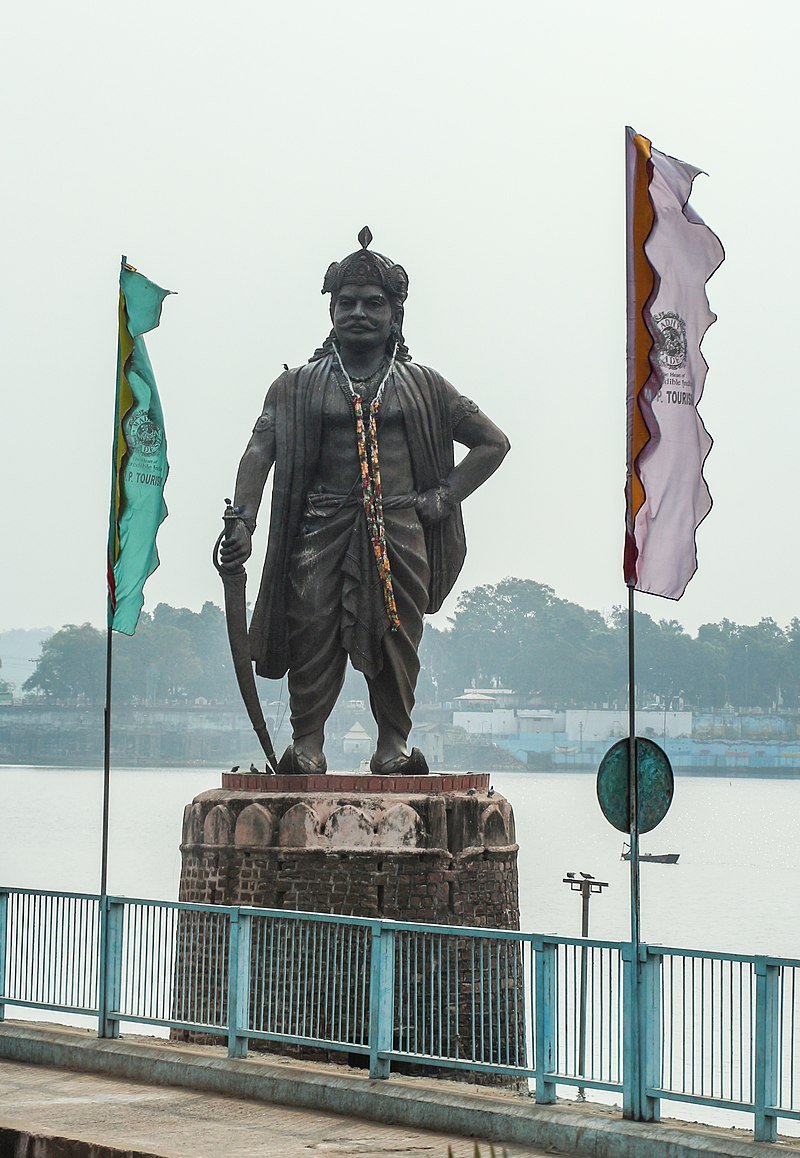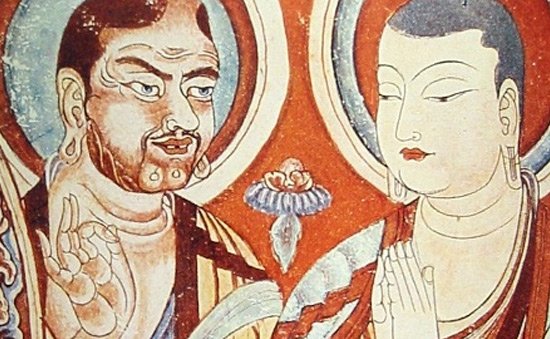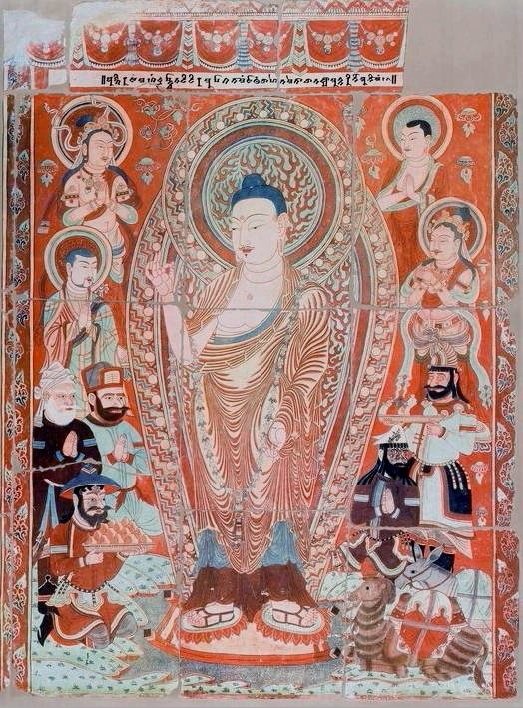
Chapter 2: Direct Evidences from Indian Sculpture, Paintings and Coins
The chapter would detail on the evidences of ancient Indian shipping from monuments, paintings and coins.
The chapter would detail on the evidences of ancient Indian shipping from monuments, paintings and coins.

द्विषो॑ नो विश्वतोमु॒खाति॑ ना॒वेव॑ पारय।
स न॒: सिन्धु॑मिव ना॒वयाति॑ पर्षा स्व॒स्तये॑ ||
"Do Thou Whose countenance is turned to all sides, send off our
adversaries, as if in a ship to the opposite shore ; & convey us in a ship across the sea for our welfare."
-- RV, I, 97,7,8
स न॒: सिन्धु॑मिव ना॒वयाति॑ पर्षा स्व॒स्तये॑ ||
"Do Thou Whose countenance is turned to all sides, send off our
adversaries, as if in a ship to the opposite shore ; & convey us in a ship across the sea for our welfare."
-- RV, I, 97,7,8

There are several representations of ships & boats in old Indian art.
The earliest of them are found at Sanchi.
One of the Eastern gateway of number 1 stupa at Sanchi represents a canoe made up of rough planks, rudely strewn together by hemp or string.
The earliest of them are found at Sanchi.
One of the Eastern gateway of number 1 stupa at Sanchi represents a canoe made up of rough planks, rudely strewn together by hemp or string.
The portrayal shows three men in ascetic costume, two propelling the boat, while the central figure is facing towards the ascetics.
Dr. Cunningham believes that this represents Buddha with two of his followers.

Dr. Cunningham believes that this represents Buddha with two of his followers.


Next to Sanchi, are the Kanheri caves, near Mumbai, belonging to probably the times of Satvahana kings; Vasasthiputra Satkarni ( 133-160 AD), and Gautamiputra-II ( 177-195 AD). 

Among the sculptures at Kanheri, there is an image representing the scene of a shipwreck, and two persons praying to the Gods for help.
This is perhaps the oldest representation of a sea voyage.
This is perhaps the oldest representation of a sea voyage.

At the Jagannath temple Puri, there is portrayal of a royal barge.
The sculpture shows a splendid barge, propelled by oarsmen. The beauty of the cabin and simplicity of the design is particularly notable.
The sculpture shows a splendid barge, propelled by oarsmen. The beauty of the cabin and simplicity of the design is particularly notable.

There are some very fine portrayals of old Indian ships & boats at the famous Ajantā caves.
These paintings shows the skill, perseverance and endurance that went in making them.
These paintings shows the skill, perseverance and endurance that went in making them.

The worth of achievement will further be evident from the fact that much of the work has been carried on with the help of artificial light, and all this involves working in a cave where ventilation is hard to come by. 

These caves have been constructed between 2nd century BCE to 7th or 8th century AD.
Cave numbers 13,12,10,9,8 were constructed first during the time of Satvahana kings, and the latest caves between numbers 1-5 were constructed between 525-650 AD.
Cave numbers 13,12,10,9,8 were constructed first during the time of Satvahana kings, and the latest caves between numbers 1-5 were constructed between 525-650 AD.

Xuanzang, who visited India between 633-645 AD mentions these caves.
He was at the time was at the court of Pulakesin-II and records that:
He was at the time was at the court of Pulakesin-II and records that:
"In the eastern frontiers of the country, there is a great mountain, where scenes have been cut of Tathagatha's life. These scenes have been cut with greatest accuracy and precision." 

The images of ships and boats furnished by Ajanta are mostly in cave number 2, and were constructed between 520-650 AD.
These were perhaps the closing years of the 'Golden Age of India'.
These were perhaps the closing years of the 'Golden Age of India'.
The vitality & reach of Indian civilization had reached East in places like Java, Cambodia, China & even Japan.
India, after the fall of Imperial Guptas had been divided between Harsha & Pulakesin-II, & by 620 AD both carried on their relations with foreign countries.

India, after the fall of Imperial Guptas had been divided between Harsha & Pulakesin-II, & by 620 AD both carried on their relations with foreign countries.


The fame of Pulakesin-II had reached as far as Persia, who in 626-627 AD received an embassy from Pulakesin.
This courtesy was reciprocated by a return embassy from Persia, and this event has been immortalized by a large fresco in cave number 1 at Ajanta.
This courtesy was reciprocated by a return embassy from Persia, and this event has been immortalized by a large fresco in cave number 1 at Ajanta.

As might be expected, this was also the 'Golden Age of Indian Shipping'.
The images of boats and ships at Ajanta are interpreted by Griffith as "a vivid testimony to the ancient foreign trade of India."
The images of boats and ships at Ajanta are interpreted by Griffith as "a vivid testimony to the ancient foreign trade of India."
The ships images range from one with high masts and stern, oars and small platforms. Also the image of 'Pleasure Boats' with pillared canopy. 



Another representation from Ajanta paintings are reproduced showing the landing of Prince Vijaya in Lanka.
The fleet of Vijaya carried 1500 passengers.
The fleet of Vijaya carried 1500 passengers.

The representations of ships are not limited only to India.
The temple at Borobudur in Java has many images of Indian ships.
Most of the sculptures show splendid relief ships in full sails, recalling the colonization of Java by the Indians.
The temple at Borobudur in Java has many images of Indian ships.
Most of the sculptures show splendid relief ships in full sails, recalling the colonization of Java by the Indians.

• • •
Missing some Tweet in this thread? You can try to
force a refresh


